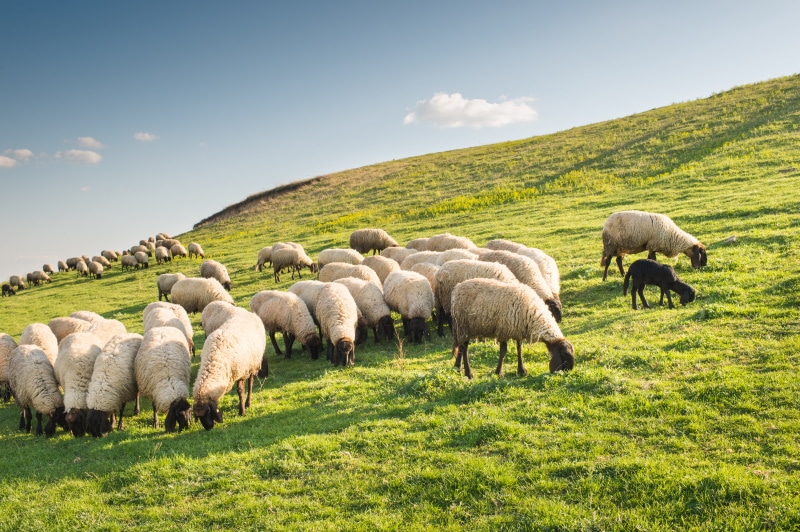A report for the Center for Biological Diversity and Collective Fashion Justice assesses the sustainability of wool in comparison to other materials. Researchers found that wool production is a key contributor to biodiversity loss and climate breakdown.
According to the research, nothing about wool is sustainable, and the industry has been pulling the wool over our eyes for decades, claiming the opposite.
The average climate cost of production and manufacturing of sheep’s wool, according to the findings, is three times greater than acrylic materials and five times greater than conventional cotton.
The harshest finding was that it uses 367 times more land per bale than cotton. In addition, the different chemical processes for cleaning the wool kills aquatic life and pollutes rivers and oceans.
Sheep grazing pastureland may seem natural, but the whole industry is inefficient, unsustainable, and exploitative for animals.
The report based its findings on gathering data from the Food Agriculture Organization (FAO), Australian and U.S. government agency reports, and scientific papers.
The people behind the report are calling on the fashion industry to reduce wool use by at least 50 % by the year 2025. The authors request both industry and consumers to acknowledge the damage to biodiversity, the climate, and the animals caused by wool.








